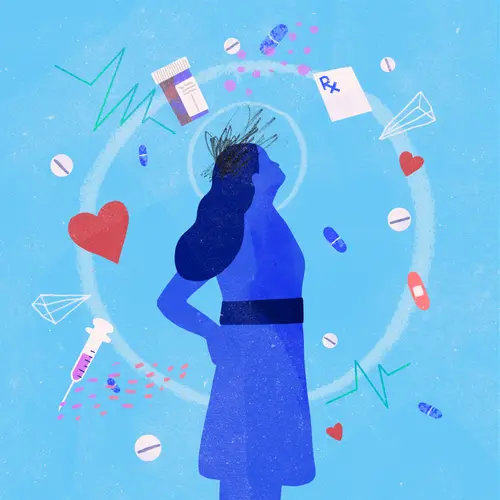What Is a Stye?
If you have a small red bump, sometimes with a white head, inside or outside your eyelid, it's probably a stye. It looks like a pimple, and it might be sore. But it's not usually serious and won't affect your vision.
A stye happens when one of the glands along your eyelid is clogged and irritated, just like when a skin gland on your face becomes a pimple. People usually have styes on just one eyelid, but you can have them in both eyes at the same time. A stye may be a one-time thing, or it may come back.
Stye Treatments
Most styes burst or go away on their own after several days. But cleaning it will help bring the pus out. Then, it will drain on its own. You can do a few things to get rid of it faster:
- After washing your hands, soak a clean washcloth in very warm (but not hot) water and put it over the stye. Do this for 5 to 10 minutes several times a day.
- Gently massage the area with a clean finger to try to get the clogged gland to open and drain.
- Keep your face and eyes clean. Get rid of any crust around your eye. Baby shampoo is an inexpensive, gentle cleanser.
- Take pain relievers like ibuprofen if the area is sore.
- Don’t wear eye makeup while you have a stye.
- Wear glasses instead of contact lenses while you have a stye. After it’s healed, clean and disinfect your lenses before putting them in again. Or switch to a new pair.
Because the stye looks like a pimple, you might want to squeeze or pop it. Don't do that. It can spread the infection or make it worse.
Styes that come back might be tied to an eye condition called blepharitis. If you get styes a lot, talk to your eye doctor.
You should also see your doctor if:
- A stye doesn't get better after a few days, or if it gets worse.
- Your eye (not just your eyelid) hurts a lot.
- You can't see well.
- Your eyelid swells, turns very red, and won't open all the way.
If the stye won't go away on its own or if you have trouble seeing, your doctor may give you an antibiotic cream to put on it. They might also do surgery to drain the stye.
Are Styes Contagious?
An infected stye might have bacteria in the pus, but they aren’t contagious.
Stye Prevention
Some simple changes can help you keep from getting styes.
- Wash off makeup before bed every night so it doesn’t clog your oil glands.
- Wash your eyelids every couple of days with watered-down baby shampoo on a washcloth, or use an over-the-counter lid scrub.
- Wash and dry your hands before handling contact lenses or touching your eyes. Keep lenses clean and disinfected.
- Replace your eye makeup every 2 or 3 months to avoid bacteria.
- Don’t rub your eyes if you have allergies.

